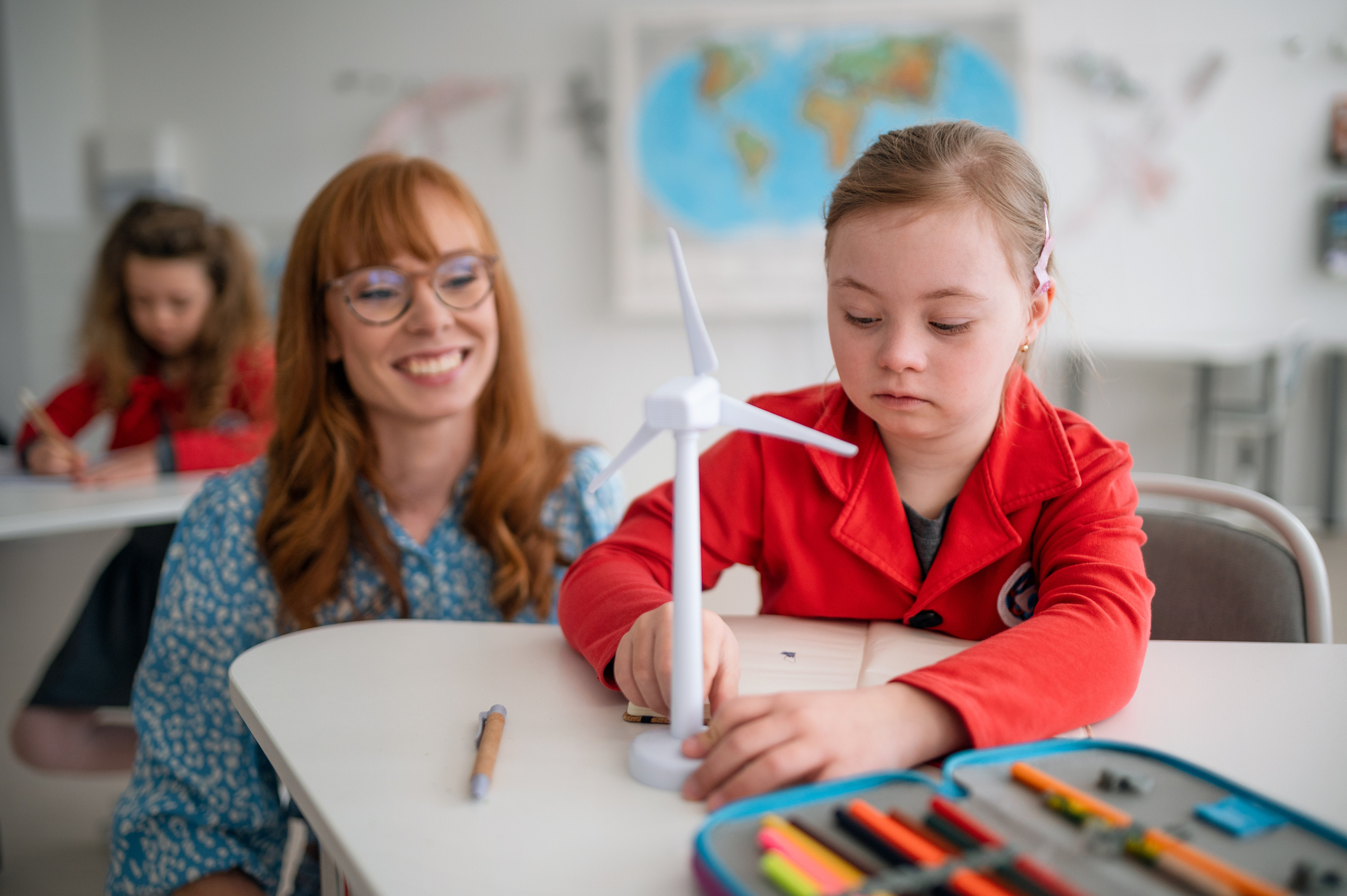
Social studies is an important subject for students in special education, as it provides them with an understanding of the world around them and the history, culture, and society of different groups of people. Social studies curriculum can be adapted to meet the needs of students with disabilities, and teachers can use a variety of instructional strategies to engage these students in learning.
When teaching social studies to students with special needs, it is important to consider each student’s individual strengths, interests, and learning styles. Some students may benefit from visual aids, such as pictures or diagrams, while others may prefer hands-on activities or discussions. Teachers can also use technology, such as videos or interactive software, to enhance their lessons and make them more engaging for students.
Highlight Historical Figures who Championed Disabilities
It is important to address the diverse needs of students with disabilities in social studies curriculum and highlight individuals throughout history who students can see themselves in. There have been many historical figures who championed disabilities and advocated for the rights and inclusion of people with disabilities. Here are some notable examples:
- Helen Keller: She was a deaf-blind American author, political activist, and lecturer. She became a leading advocate for people with disabilities, promoting their rights and improving their quality of life.
- Franklin D. Roosevelt: He was the 32nd President of the United States, and he is known for his leadership during the Great Depression and World War II. He was also a champion for people with disabilities, and he established the Social Security Act and the Vocational Rehabilitation Act, which provided support for people with disabilities.
- Temple Grandin: She has been an advocate for people with Autism, using her own experiences to promote understanding and acceptance of the condition. She has given numerous talks on the subject and has been the subject of several documentaries and biographical films.
- Albert Einstein: The famous physicist and mathematician is thought by some to have displayed characteristics of Autism, such as difficulty with social interactions, eccentricities, and intense focus on his work and interests.
- Judy Heumann: She is an American disability rights activist who has been advocating for the rights of people with disabilities for more than four decades. She played a key role in the passage of the Americans with Disabilities Act and has continued to work on disability rights issues around the world.

Strategies for a Resource Program or Special Education Classroom
Adapting social studies for the special education classroom can help ensure equity in learning and that all students are able to access and engage with their curriculum. Often times, students in a Resource Specialist Program may attend social studies instruction within the general education classroom, or students may be taught this subject within a fully-contained Special Day Classroom or Non-public School. Regardless of the setting, special education and general education teachers alike can modify their curriculum using the strategies listed.
Teachers can use specific instructional strategies, such as differentiated instruction or co-teaching, to accommodate the different learning styles of students in their classroom. For example, students with visual impairments may need accommodations, such as Braille or audio recordings of texts, while students with hearing impairments may need sign language interpretation or captioning.
Additionally, social studies curriculum can be used to promote social and emotional learning for students with disabilities. Teachers can use lessons on topics such as empathy, citizenship, and diversity to help students build social skills and develop positive relationships with their peers. Overall, social studies can play an important role in the education of students with special needs, helping them to develop the knowledge, skills, and attitudes they need to succeed in life.
Here are some additional strategies that teachers can use to adapt social studies for students with special needs:
- Use visual aids: Visual aids such as pictures, diagrams, and maps can help students with disabilities better understand and remember social studies concepts. For example, teachers can use pictures to help students learn about different cultures or historical events.
- Provide hands-on activities: Hands-on activities can help students with disabilities engage with social studies content and apply their knowledge. For example, students can build models of historical landmarks or create their own maps.
- Simplify language: Students with learning disabilities may struggle with complex language, so it is important to simplify social studies content whenever possible. Teachers can use shorter sentences, simpler vocabulary, and visual aids to help students understand complex concepts.
- Use technology: Technology can be a powerful tool for adapting social studies curriculum for students with special needs. For example, teachers can use interactive software or videos to help students learn about historical events or different cultures.
- Differentiate instruction: Differentiating instruction means providing different students with different tasks, activities, or resources based on their individual needs. This can be especially important in a special education classroom, where students may have diverse learning needs. Teachers can differentiate instruction by providing different reading levels, different projects, or different levels of support.
- Use cooperative learning: Cooperative learning is a teaching strategy in which students work together in small groups to complete tasks or solve problems. This can be a great way to help students with disabilities engage with social studies content and learn from their peers.
Overall, adapting social studies for the special education classroom requires creativity and flexibility on the part of the teacher. By using a variety of instructional strategies and tools, teachers can help ensure that all students are able to access and engage with social studies content equitably.
Seeking more ways to modify and differentiate social studies instruction?
Sign up for a free trial of Young Citizens and have your students see themselves in their curriculum
Monet Hendricks is the blog editor and meme connoisseur for Social Studies School Service. Passionate about the field of education, she earned her BA from the University of Southern California before deciding to go back to get her Master’s degree in Educational Psychology. She attended the graduate program at Azusa Pacific University pursuing her post-grad Educational Specialist degree in School Psychology and Applied Behavior Analysis and currently works as a School Psychologist in Los Angeles, CA. Her favorite activities include traveling, watching documentaries on mental health, and cooking adventurous vegetarian recipes.
